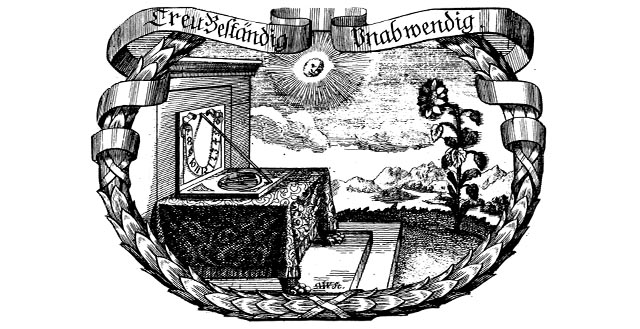
Correct Time Everywhere – Portable Sundials
Around the year 1500, Europe’s cities encountered the need to apportion time in keeping with individual needs. Up until then, the daily routine had been determined for all by the ringing of the tower bells. However, merchants and artisans increasingly strove to plan and organize their day according to their own wishes.
Mechanical pocket watches were expensive in those days and prone to break down. Folding sundials and tabletop sundials remained the personal timepieces of the simple people until about 1800. With these sundials expert users could read the time precisely to within a few minutes.
Small sundials also proved useful on trips. Ingeniously designed graduated dials and rotating rings even made it possible to tell time at night by the position of the moon. Also calendar discs could be turned to indicate the movable holidays or to convert between the Julian and the Gregorian calendars, which had been in parallel use for a long time. Along with the simple folding sundials and tabletop sundials, more complicated models were used for complex tasks.